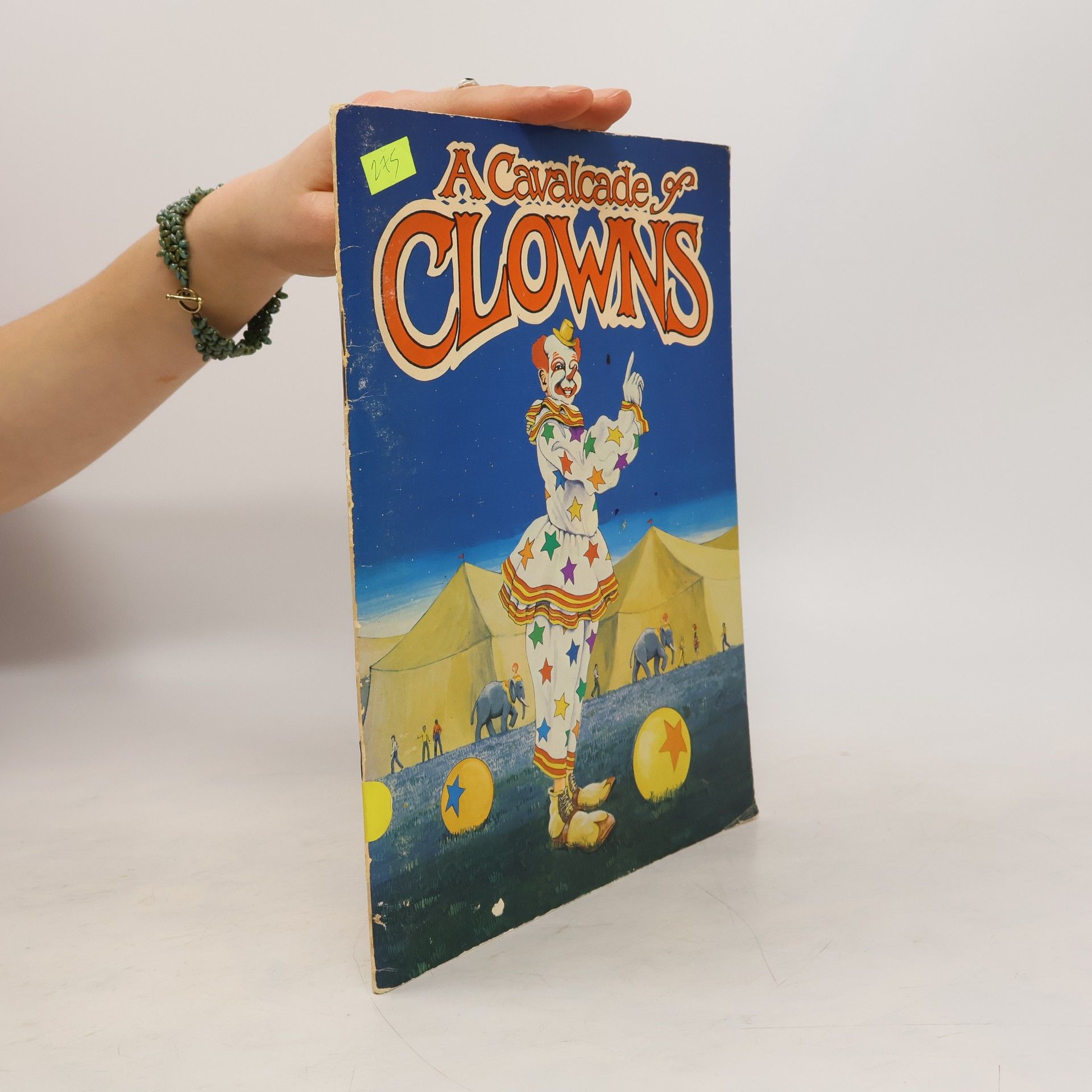Exploring musical theatre, nineteenth-century culture, modern stagecraft, and the development of modern sexual mores, this book presents a global view of the influence of Offenbach and his comic operas. The volume demonstrates his central role in theatrical innovation and his impact on wider society and culture.
Laurence Senelick Bücher
Laurence Senelick ist eine führende Persönlichkeit in der Theaterwissenschaft, dessen Arbeit die Schnittstelle von Performance, Geschichte und Kultur untersucht. Seine kritischen Essays und Studien befassen sich mit den tiefgreifenden Verbindungen zwischen dramatischen Texten und ihrer Inszenierung und zeigen auf, wie Theater durch gesellschaftliche Veränderungen geformt wird und diese formt. Durch sein tiefes Verständnis der Theatergeschichte und -praxis beleuchtet Senelick die komplexe Natur der dramatischen Künste und ihre anhaltende Wirkung.



The lives, deeds and jests of notable clowns have been recorded from authentic sources and picturesque legends.
The Final Curtain: The Art of Dying on Stage
- 206 Seiten
- 8 Lesestunden
Focusing on the representation of dying in theatre, this book explores how actors convey complex ideas and emotions related to death in a way that resonates with audiences. It examines the approaches playwrights have taken to depict death and the cultural attitudes surrounding it, while placing a strong emphasis on the art of acting itself. The text delves into the intricate relationship between performance and the profound themes of mortality, offering insights into both historical and contemporary theatrical practices.